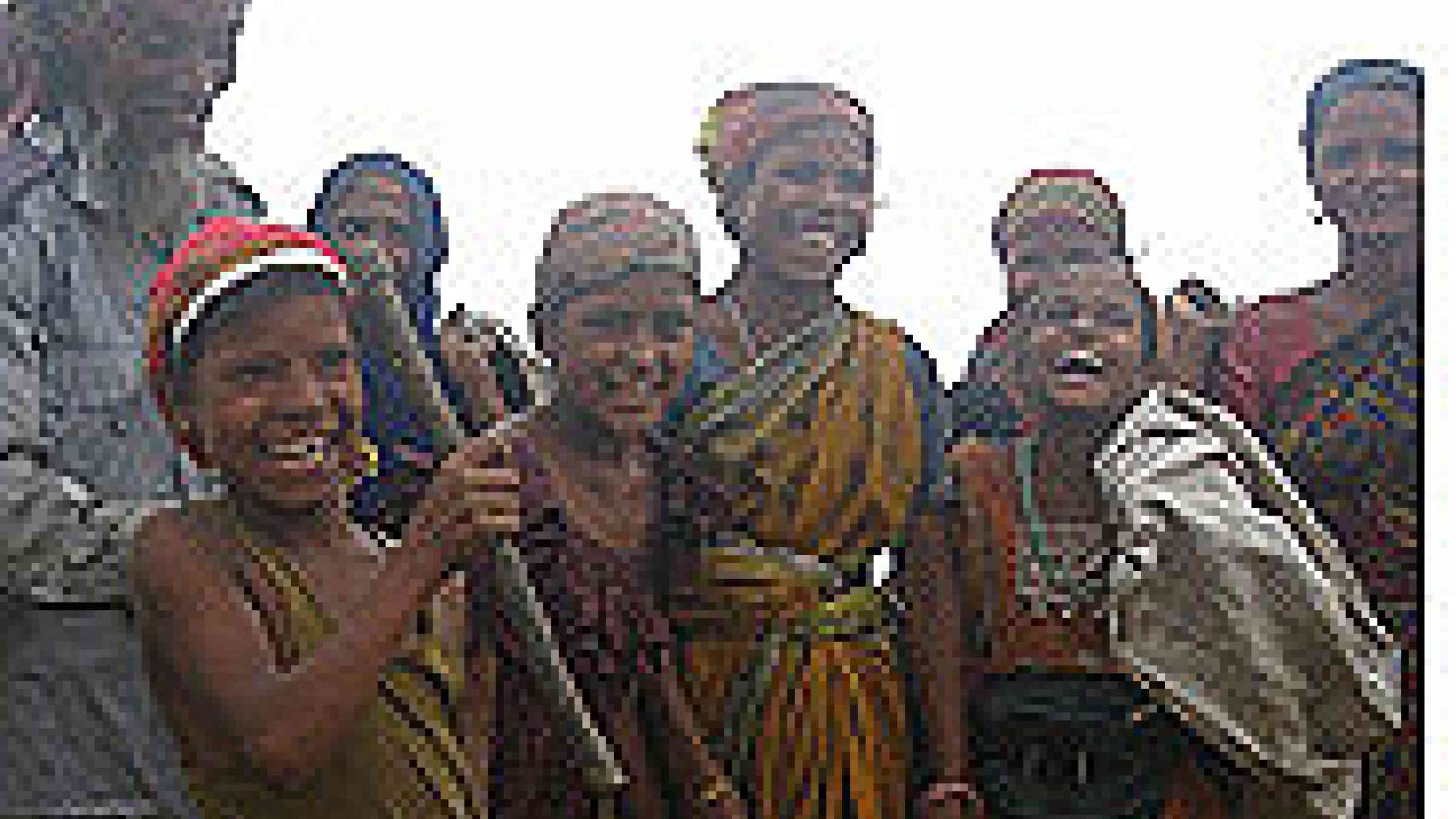India: 'Comic activists' take on disaster preparedness

by Teresa Rehman
Guwati, India - Looking for ways to effectively spread awareness about disaster prevention and risk reduction, youthful activists in northeast India have hit on a hot idea - comics.
"Nowadays people do not have the patience to read long narratives. On the other hand, a cartoon with an element of humour can easily attract the attention of the public," said 13-year-old Nilotpal Lakhar, one of group of students in India's Assam province being trained to draw disaster awareness comics.
The young "comic activists" are the brainchild of 'Nayi Dishayein' or 'New Ways' a project of mass communications students at Guahati University that aims to tackle problems in the region, particularly a lack of awareness about disaster management and preparedness, through the medium of comics.
'New Ways' was created as part of World Comics India (WCI) - a collective of artists, media personalities, social activists and grassroots journalists who see comics as a powerful tool to bring about social change.
Drawing from first-hand experience
The young comic artists have plenty of first-hand material for their work. As climate change takes hold in the region, Lahkar, from Barbhag in lower Assam, has seen the once annual floods in his village turn into unpredictable disasters, with waters sometimes rising six or seven times a year.
His school books were washed away in one severe flood, he remembers. In another, he and his family had to take shelter at a makeshift camp on an embankment. The district is vulnerable to cyclones, hailstorms and floodwaters rushing in from the neighbouring mountain nation of Bhutan.
Now, he and other students are drawing comics based on their experiences, their understanding of the changing weather and climatic conditions and their ideas of how communities could gear up to meet these crises.
Hemanga Kaushik Sharma, 13, for instance, recalls his uncle telling of an incident at Bangalmur village where it was decided that anybody who saw a breach in the community river embankment would alert villagers by beating the drums at the community prayer hall or 'naamghar'.
When a breach happened, a villager rushed to the drums, alerting villagers in time to evacuate to higher ground. That night, the embankment gave way and the entire village went underwater.
The new comic artists, trained at a recent workshop, have turned out comics on a wide range of disaster-related issues, from the problems of sanitation and hygiene during floods to the inconveniences women face during disasters.
Studies show women are particularly vulnerable in disaster situations because they often care for young children and the elderly, and tend to be more housebound.
Pradip Mahanta, the programme manager of Gramya Vikash Mancha (GVM), a local NGO working on disaster management and climate change, said his organization had conducted a survey in 40 local schools and asked students what means of communication they found most compelling.
Students find cartoons most compelling
"Most of the students admitted that they enjoyed cartoon shows on television and comic books the most. We thought it would be ideal to work on the issue of preparedness of climate change adaptability through the refreshing medium of cartoons," he said.
Learning to draw cartoons took a little time. At a workshop, the students introduced themselves by drawing caricatures of each other.
"The participants, very apprehensive in the beginning, enjoyed the exercise once they started doing it. They wonderfully captured each other's prominent features in the drawings they had made," said Usha Dewani, who conducted the workshop.
Gradually, the students were initiated into the different types of disasters - their causes and impacts, how precautions and early warning systems work, and how to reduce risks.
"The participants came up with their personal feelings on how a situation like flooding affects their lives when they have to forego their studies for indefinite time periods. They spoke out on how they get disconnected with their friends or relatives in situations like this," Dewani said.
Then they were asked to weave a story, convert the story script into visuals and create a final artwork. The comics later were taken for field testing in two schools, and were well received, she said.
Locally produced comics, she believes, may prove a particularly apt grassroots means of getting out the message on reducing disaster risks.
"Here, people from the community make comics themselves on their own issues, using local context and flavour. Therefore, the issue is not seen as 'black' or 'white' but rather in its own different shades. So it is a democratic medium which brings out grassroots issues," she said.
Teresa Rehman is a journalist based in Northeast India. She can be reached at http://www.teresarehman.net